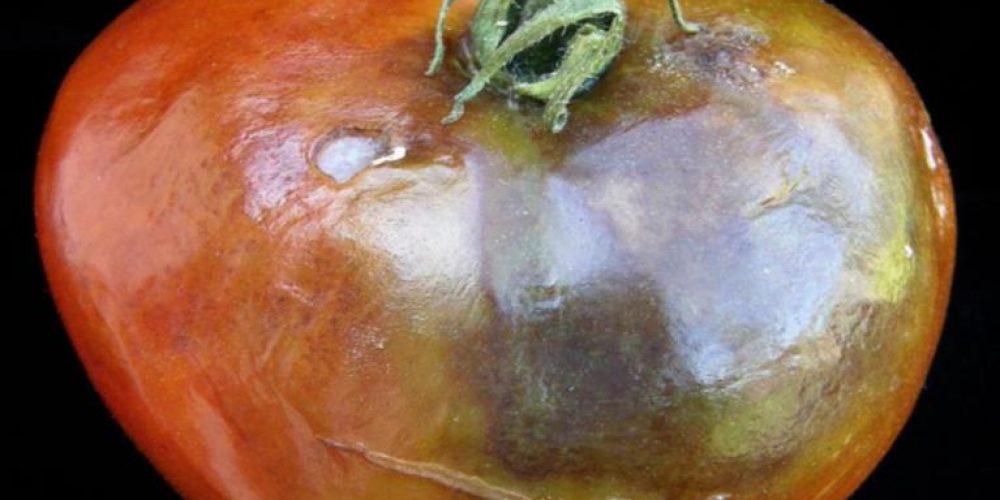Table of contents of the article
ToggleIn this article on your website, WORLD OF PLANTS, we will learn about the most important diseases of plants and how to deal with them to maintain the health of plants.
Vegetative diseases
- Late blight
- A fungal disease caused by a fungus called Phytophthora infestans
- The cause of leaf diseases: Phytophthora infestans
Suitable conditions for vegetative diseases
The chances of the disease occurring increase in weather conditions in which there is low temperature and high humidity. The following has been observed: (10:15ºC) and the atmosphere is saturated with moisture, giving ciliate bacteria a ratio of more than 5:35 bacteria per bag.
At (25 °C), the sporangial cyst produces a germination tube. Infection takes place through the stomata on the lower surface of the leaves and through the lenticels. The best temperature for infection is (24:21°C).
With the help of weather forecasts and meteorology, it has been possible to carry out prevention before the disease occurs. Often, humid nights help in the formation of the vaccine that causes the infection. If the temperature rises on this day during the day while low humidity continues, this helps the disease to appear.
Symptoms of vegetative diseases
The fungus infects all vegetative parts and the infection is in the form of: Water spots on the edges of the leaves And its base, and as the infection progresses, it turns black and may join together until it covers all surfaces of the leaf. White fuzz is seen on the affected parts, followed by the leaves drying out, turning brown, and wilting. The leaf petioles and stems are also affected. Spots similar to the previous spots appear in the form of sores around the stem. Then it dries and splits lengthwise, making it easy to break the stem with any vibration. Tomato fruits become infected and develop brown, olive, and black spots that increase in size, sometimes forming circular rings.
This extends until it spreads to the fruit and rots, and the infection extends downward into the body of the fruit, leading to the disappearance of the color inside. Gray, fuzzy growth may appear on the affected fruits, especially when there is a crack in the fruit, when the percentage of humidity is high, and in the presence of rain, dew, and fog, with low temperatures.
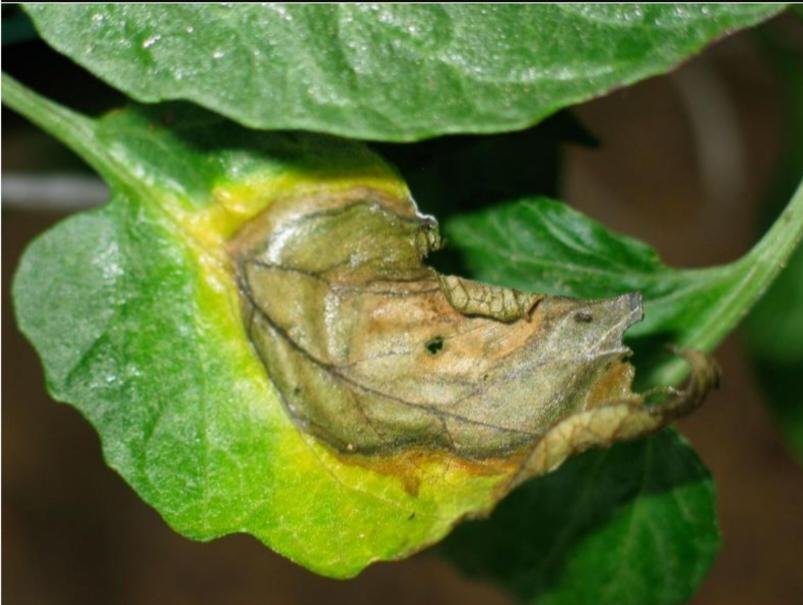
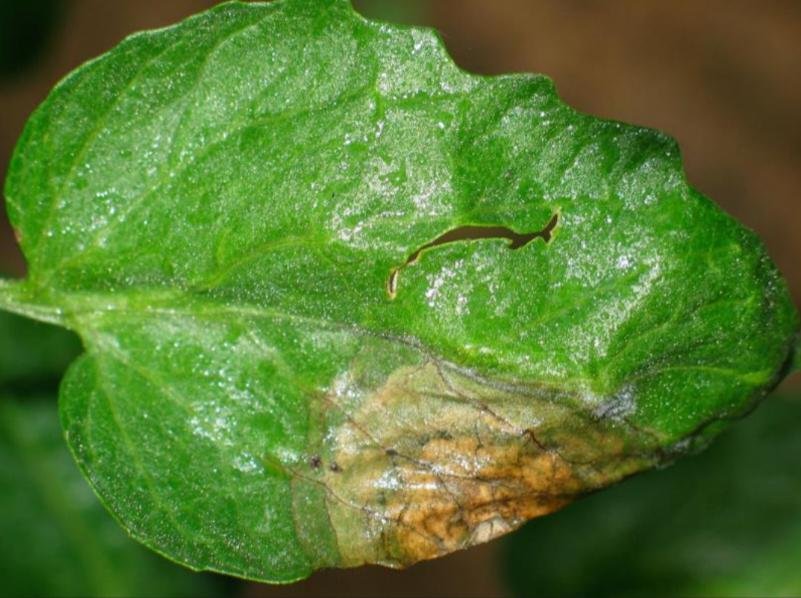
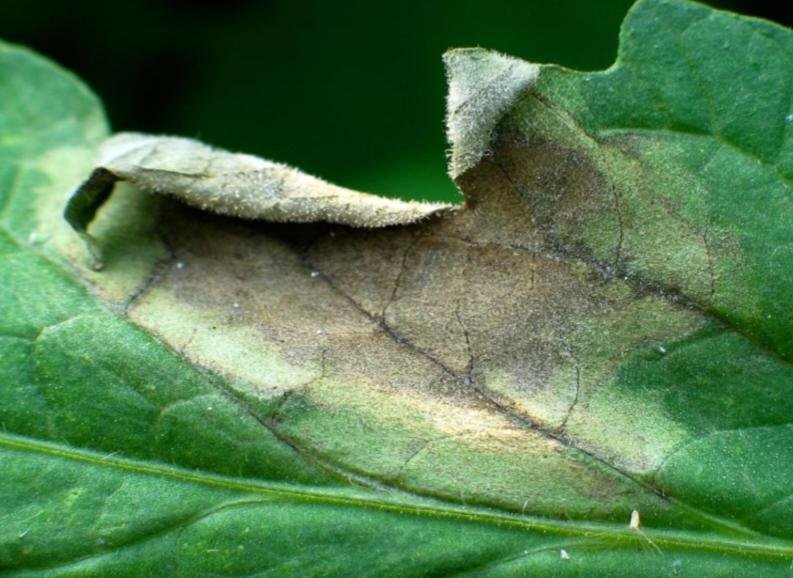
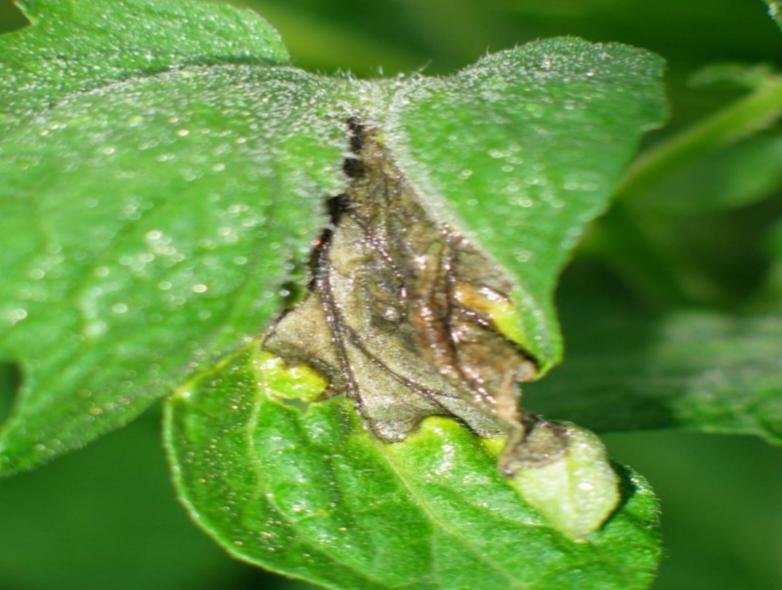
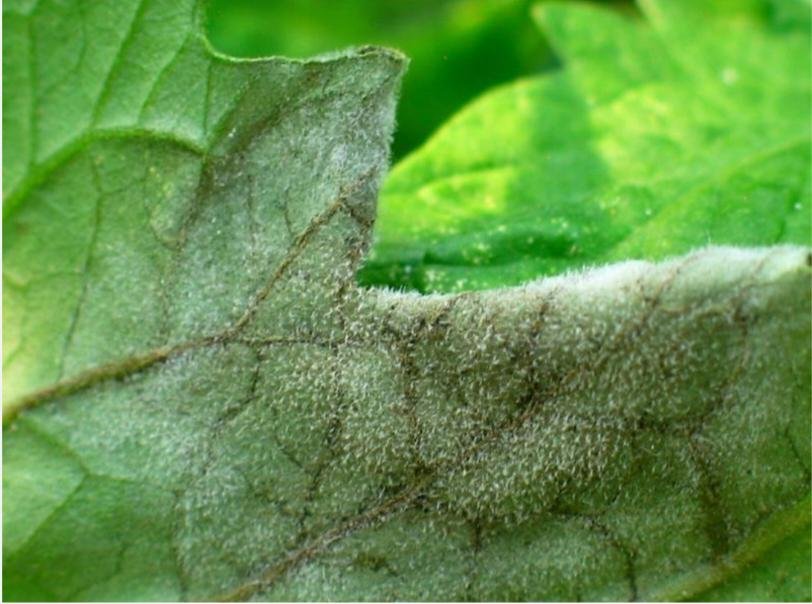
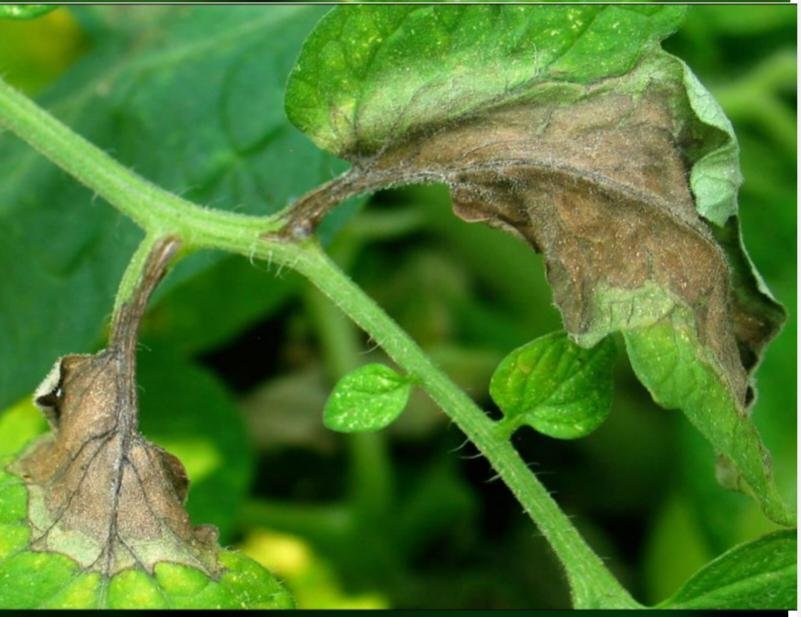
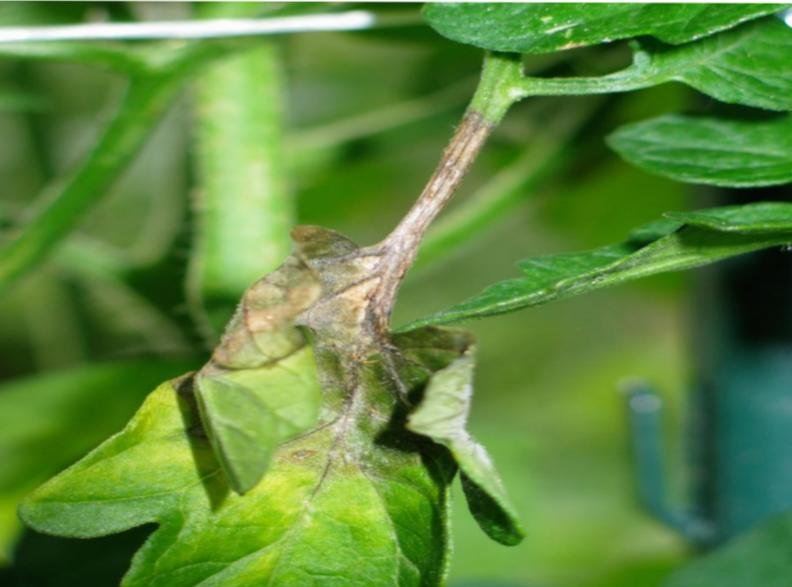
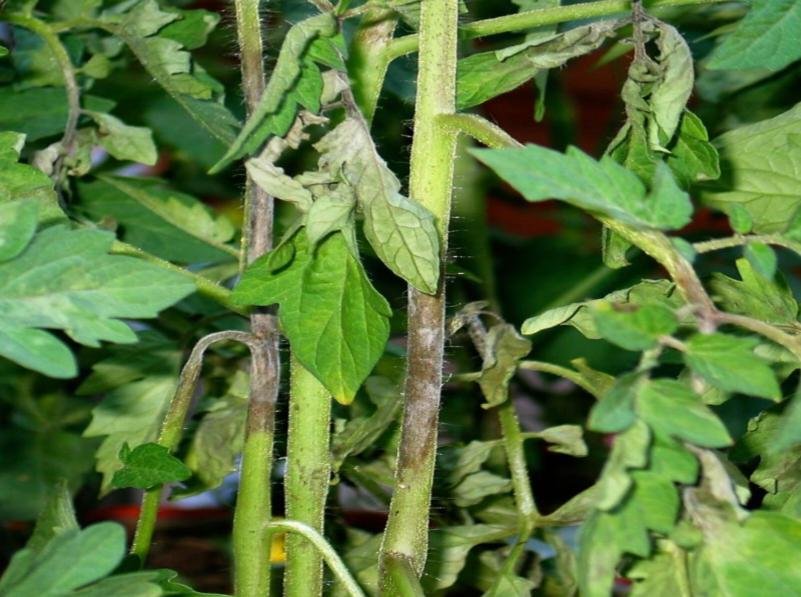
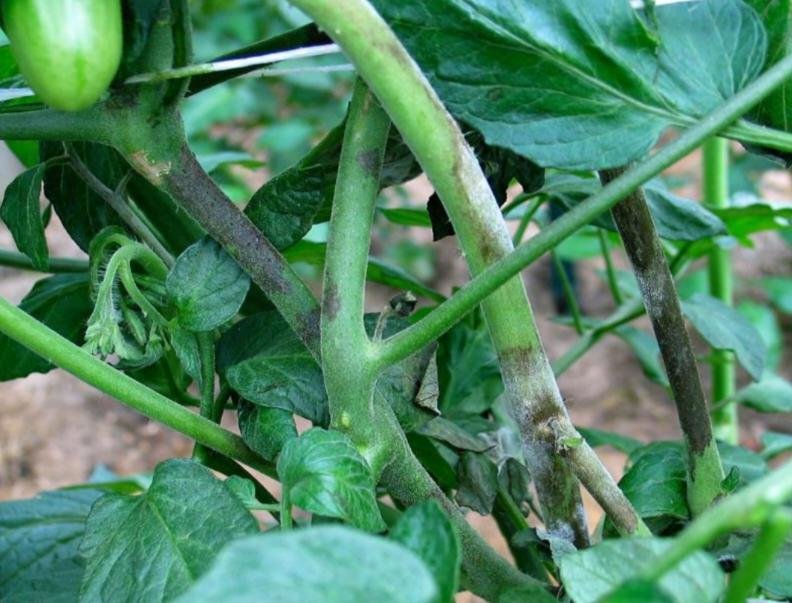
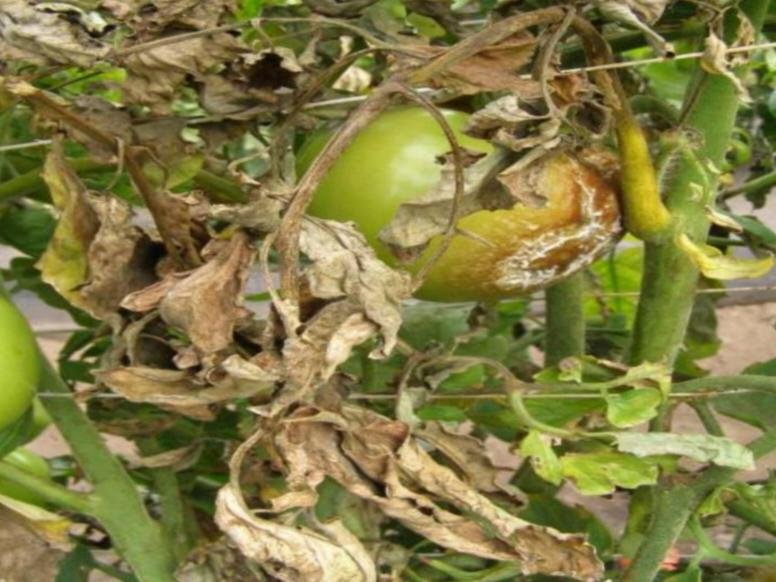
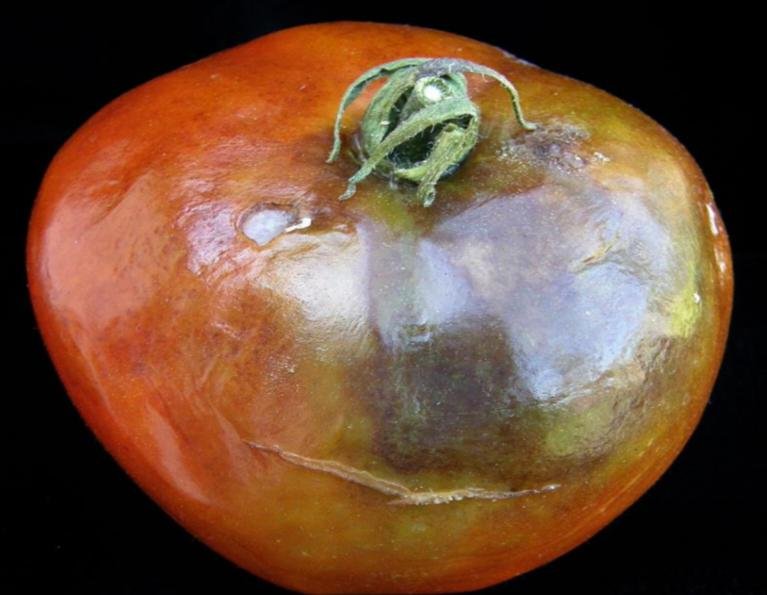
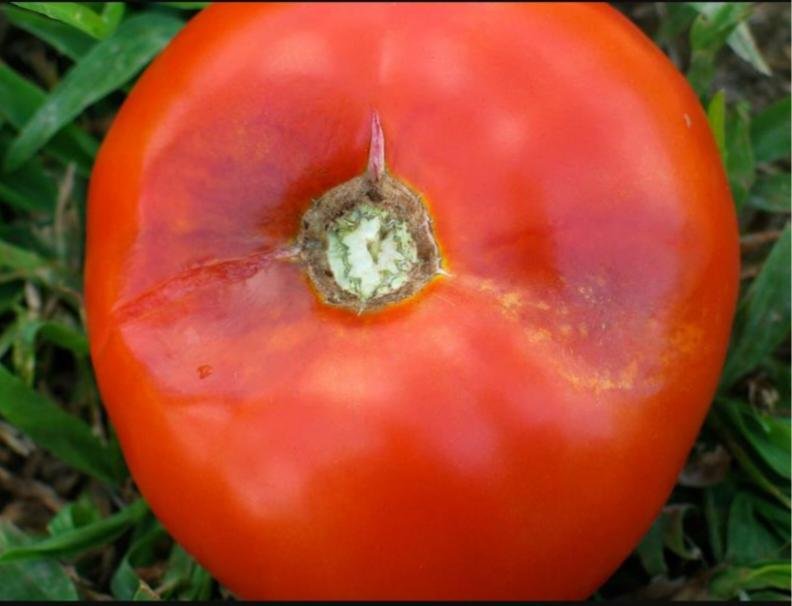
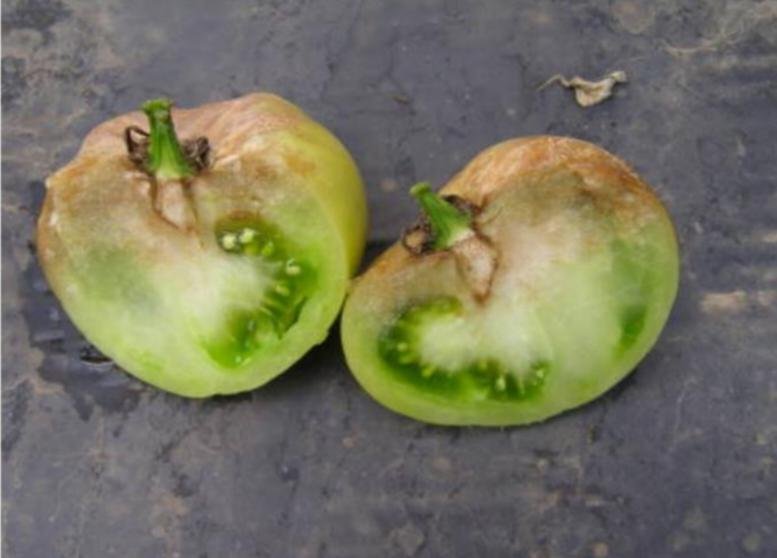
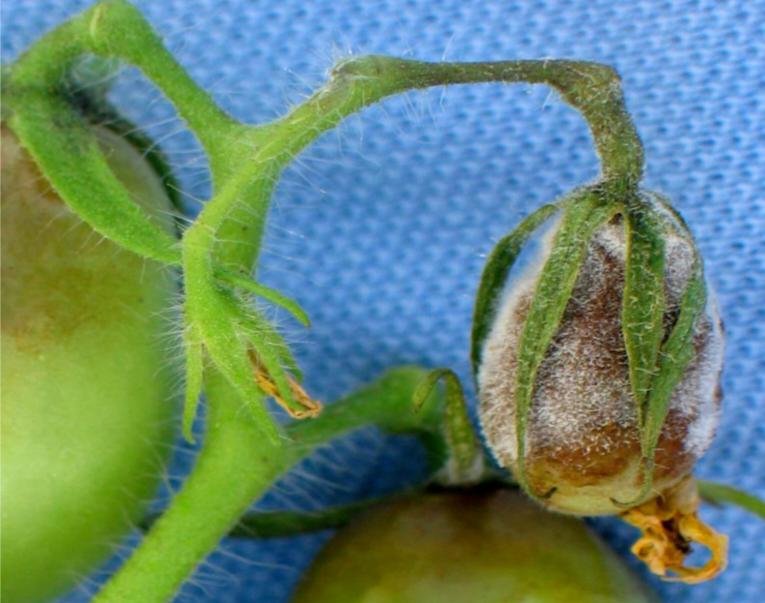
Methods of prevention against vegetative diseases
Plant Place the tomatoes in a protected, sunny place until the leaves dry Quickly after rain.
It makes sense to create a roof over the plants, allowing good ventilation from all sides.
If your tomato plants will be growing in the garden, make sure you have loose soil without waterlogging, best garden soil with plenty of humus and a little clay. You must first loosen the soil well.
Plant tomatoes and potatoes in a different place in the garden each year and as far apart from each other as possible, as both types of plants are important host plants for the fungus.
The distance between each tomato plant should be between 50 and 70 cm so that they do not touch and infect each other. It is recommended to use single rows. Plant only small neighboring plants next to it Tomatoes until they are leaves Tomatoes are protected from the wind.
Water the plants directly above the soil, avoiding splashing water on the leaves.
Remove the oldest leaves closest to the ground to the lowest level.
Affected leaves and fruits should be immediately cut and destroyed.
If possible, do not dispose of infected plant parts in compost, as the spores are very strong and long-lived.
Good hygiene is also important. Therefore, disinfect all objects that come into contact with tomato plants – such as sticks, knives or shears.
treatment Late blight
It is considered anti Late blight In tomatoes when the first symptoms appear complex and require immediate action. There are some fungicides for this purpose that can also be used in the home garden. If you want to fight Late blight In tomatoes biologically, the arsenal of treatments is unfortunately very limited. In the trials performed so far, the plant tonic horsetail extract was biologically effective even after visible injury and was able to significantly reduce leaf infection.
Conclusion: The best way to combat Late blight on tomatoes It is to take preventive measures such as choosing the appropriate variety and location, observing crop rotation and proper care.
Organic control of vegetable diseases
There are no biological control methods that have the potential to combat late blight. To avoid the spread of the disease, plants around the affected area must be removed and disposed of immediately. It is also not recommended to use infected plants to make organic fertilizers.
Chemical control of vegetable diseases
You should always consider an integrated approach with preventive measures along with biological treatments if available. It is recommended to use fungicide sprays containing propamide mandi, chlorothalonil, fluazinam, or mancozeb against late blight infections, and you will need pesticides. General fungi if the disease spreads in rainy weather or when using vertical irrigation (sprinklers).
In conclusion, we would like to note that we, at the world of plants website, offer you all the necessary services in the world of plants, we provide all farmers and those interested in plants with three main services::-
- Artificial intelligence consulting service to help you identify diseases that affect plants and how to deal with them.
- Blog about plants, plant diseases and care of various crops ... You are currently browsing one of her articles right now.
- An application that provides agricultural consultations to clients, as well as a service for imaging diseases and knowing their treatment for free – Click to download the Android version from Google Play Store، Click to download the IOS version from the Apple App Store.
the reviewer :
Late blight in tomatoes: causes and treatment - nabatat
Late blight - Wikipedia
Tomato late blight - plantix
How to fight Phytophthora on tomatoes – decorexpro




